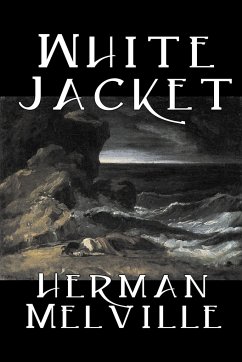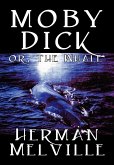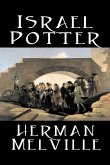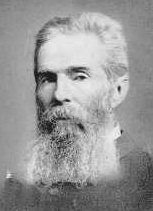The mixture of journalism, history and fiction; the presentation of a sequence of striking characters; the metaphor of a sailing ship as the world in miniature-all of these prefigure his next novel, Moby-Dick. The symbolism of the color white, introduced in this novel in the form of the narrator's jacket, is more fully expanded upon in Moby-Dick, where it becomes an all-encompassing "blankness." Melville's (best known for his classic whaling novel) White Jacket was first published in 1850 and is considered to be a semi-biographical book, written from Melville's own personal experiences while returning home to the Atlantic Coast from the South Seas with the American Navy on a man-o'-war vessel. In the note preceding the novel, Melville states, "In the year 1843 I shipped as 'ordinary seaman' on board of a United States frigate then lying in a harbor of the Pacific Ocean. After remaining in this frigate for more than a year, I was discharged from the service . . ."









